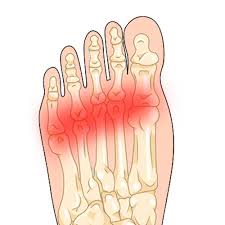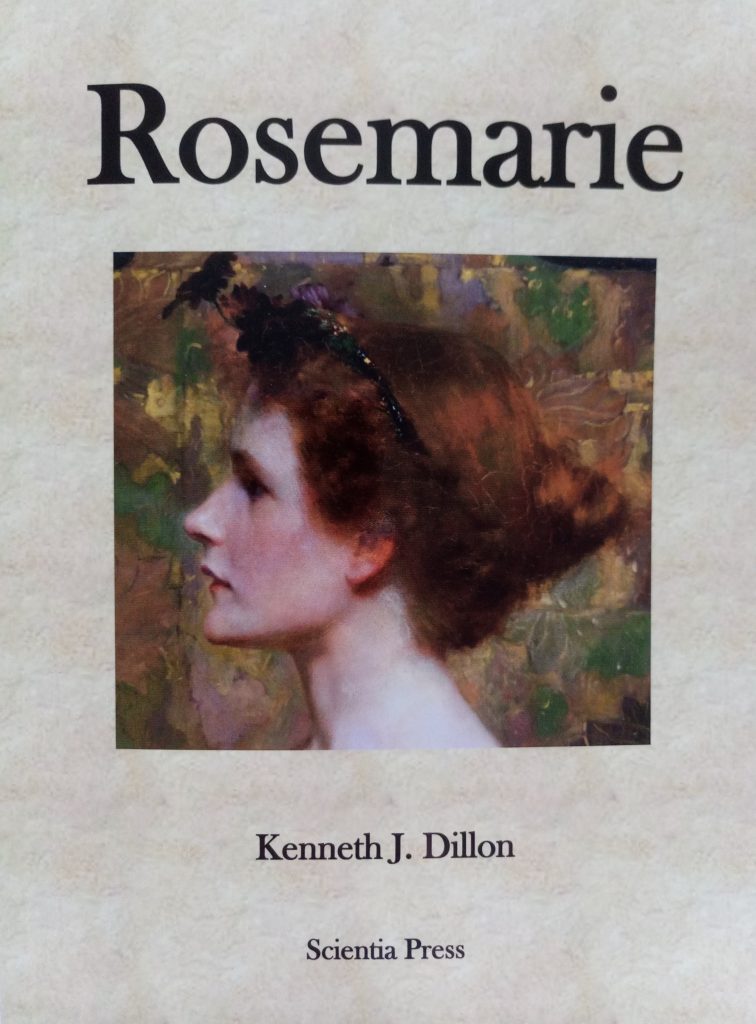 Metatarsalgia, pain in the metatarsal/forefoot area, is a common foot problem. In milder cases, it can be managed with pads, supportive footwear, adequate rest, NIAIDs, and other remedies. However, some cases become more severe over time. They cause considerable pain and undermine mobility. Among the treatments that help manage the syndrome, prolotherapy has won a number of adherents. It involves injections of dextrose, often mixed with an anesthetic. The injections stimulate natural healing. But prolotherapy is not necessarily the best option.
Metatarsalgia, pain in the metatarsal/forefoot area, is a common foot problem. In milder cases, it can be managed with pads, supportive footwear, adequate rest, NIAIDs, and other remedies. However, some cases become more severe over time. They cause considerable pain and undermine mobility. Among the treatments that help manage the syndrome, prolotherapy has won a number of adherents. It involves injections of dextrose, often mixed with an anesthetic. The injections stimulate natural healing. But prolotherapy is not necessarily the best option.
A Case Study
A healthy 72-year old male with a lifetime of some jogging and much walking began to experience soreness in the second metatarsal area of his right foot. As it became more severe, with spurting pain, a podiatrist diagnosed it as metatarsalgia, said it was spreading to the third metatarsal, and referred him to a sports medicine doctor for prolotherapy. Over the course of six months, the doctor gave him six ultrasound-guided prolotherapy injection treatments, two injections each time. He aimed, he said, at normalizing and strengthening the tissue between the first and second toes, and second and third toes.
The patient found the injections painful, so the doctor gave him an anesthetic injection beforehand. In the month-long intervals between treatments, the metatarsalgia initially lessened somewhat but then returned almost as painful as before. Because prolotherapy is not covered by insurance, cost became an issue. After six months of experiencing no healing trend, the patient began to look around for another treatment. Meanwhile, the second toe had become a hammertoe.
Biophotonic Therapy, also called Ultraviolet Blood Irradiation and other names, traditionally involved drawing blood out of a vein in the arm, exposing it to ultraviolet light, then reinfusing it. BT activates and oxygenates the blood, in turn leading to healing in infectious diseases, autoimmune disorders, and a range of other conditions. BT has been used for foot ailments, but few podiatrists are familiar with it. In the United States, perhaps 500 MDs, doctors of natural medicine, nurses, and others use BT, a few on foot conditions.
Over time, various methods have been developed that use other parts of the spectrum than UV, for instance, low-intensity red and infrared lasers from 630 nm to 850 nm that shine the light through a waveguide inserted into a vein in the arm. This treatment can also be delivered through the skin directly on various veins. This transdermal BT forms an application of the more general transdermal treatment of various tissues using low-intensity lasers, LEDs, and broadband light termed Photobiomodulation Therapy. But using it to activate the blood cells to treat a condition in another part of the body sharply differentiates it from other kinds of Photobiomodulation.
An old practice in BT is to use a heating pad to warm up the area being treated in order to attract the blood cells activated by light. One can typically treat the veins in the wrists with a red laser while wrapping the foot in a heating pad to treat a condition like metatarsalgia.
Using a handheld laser from China with a wavelength of 650 nm and an output power described as 5 mW 150 mW, the patient treated himself each day for ten days with five minutes exposure at low intensity on each wrist for a total of ten minutes per day or one hundred minutes over ten days. The light was pulsed on for one second and off for one second. The therapy was uneventful. There were no apparent side effects on the wrists.
During the therapy the patient walked six miles a day and jogged 1/2 mile twice a week. At the same time as the start of the therapy, the patient began to wear Skechers GoRun shoes, adding generic insoles. By Day 4, the treatment had suppressed any stinging pain, but a deeper, aching pain persisted. On Days 5-7 there were only little aches. On Day 8, the foot had some more significant soreness. On Day 9, the foot had aching pain several times, the worst since Day 2. On Day 10, there were several twinges of what seemed to be nerve pain. On Days 6-10, the patient walked eight miles a day.
The general pattern of the pain was to decline up to Day 4, then level off, then worsen on Days 8 and 9. So the patient concluded that four days of treatment were sufficient and that he would walk only six miles a day.
During the next three months, the pain slowly came back, until the patient started a four-day treatment after three months. When it appeared to yield unsatisfactory results, he treated for an additional two days (=6). At the end of the treatment, the foot had occasional slight stinging pains but otherwise felt fine. Gradually, over the next three months, the pain increased. The metatarsalgia spread to the fourth toe. After three months, he treated the foot again for four days. For the succeeding three months, the pain was low or non-existent until slowly it began to increase to a low level. At the three-month mark, he switched to a three-day treatment instead of four. His overall pain level was low with occasional mild pain, perhaps three times a day.
Natural Antiinflammatories
Several weeks later, an acute arthritis-like inflammation began in the tissue on the underside of the hammertoe. As it became more swollen and painful, it began to threaten the patient’s mobility. He decided to treat it with Biophotonic Therapy. Three days of BT yielded no improvement, so he stopped BT. Instead, he began to take natural antiinflammatories: Vitamin C, Vitamin E tocotrienols, magnesium, EPA and DHA, curcumin, quercetin, pterostilbene, and grape seed extract. All were at standard, not elevated, doses, except for Vitamin C at 620 mg/d. Over several days, the swelling under his hammertoe shrank and the pain disappeared. Meanwhile, the metatarsalgia was fully suppressed, better than with BT. He decided to set BT aside and treat both hammertoe inflammation and metatarsalgia with the antiinflammatories. Over months of very successful ongoing treatment, there were no discernible side effects.
Conclusion
The average level of pain during the nine months of BT was less than half, in terms of frequency and intensity, of that during prolotherapy. The BT had turned the metatarsalgia into an occasional minor twinge, though toward the end of a three-month period, the twinges became more frequent. After the initial cost of the laser device ($121.90 with tax), the treatment was free except for the heating pad’s electricity and the eventual need for the device to be electrically recharged–much cheaper than prolotherapy @$250 per session. The treatment was simple to administer and did not require an office visit. The BT had no apparent side effects other than sometimes a minor exacerbation (healing crisis) after the Day 1 treatment that resolved by Day 2 (the incoming energy at first presumably stimulated the targeted inflammatory cells, but then it overloaded and suppressed them). The BT did not, however, prevent the metatarsalgia from spreading to the fourth toe.
The antiinflammatories were much more effective in treating the metatarsalgia than prolotherapy, and somewhat more effective than BT. They very effectively treated the hammertoe inflammation, unlike BT. They cost about $40 per month.
Possible confounders included: the new shoes were very comfortable and protective, so they could account for part of the improvement; the heating pad accompanying the BT could have had a beneficial effect; and the prolotherapy’s long-term benefits could have improved the results during the BT treatment, as the BT could have improved the antiinflammatories’ results. The man took 10 mg/wk of methotrexate to suppress inflammation in his fingers. This provided no evident antiinflammatory effect elsewhere. Eventually, he was able to withdraw entirely from methotrexate and rely on the natural antiinflammatories to suppress pain in the fingers.
This case study has several weaknesses. First, notional scoring of pain on a 1 to 10 scale would have increased understanding. Second, performing quantifiable tests in a clinical setting would also help. Third, better information about the parameters of the laser device would be desirable but was not available. Fourth, better control of possible confounders such as the shoes would be helpful.
In general, the patient was satisfied with the BT treatment for his metatarsalgia and highly satisfied with the antiinflammatory therapy for his metatarsalgia and hammertoe inflammation. Intending users should first determine that curcumin, pterostilbene, quercetin, and grape seed extract do not have negative interactions with medications they are taking.
*****
See also: Essential Tremor Treated with Copper Bracelet.
Kenneth J. Dillon is an historian who writes on science, medicine, and history. See the biosketch at About Us. Dillon wrote a book about Biophotonic Therapy 25 years ago. Biophotonic Therapy figures in his novel Rosemarie.

